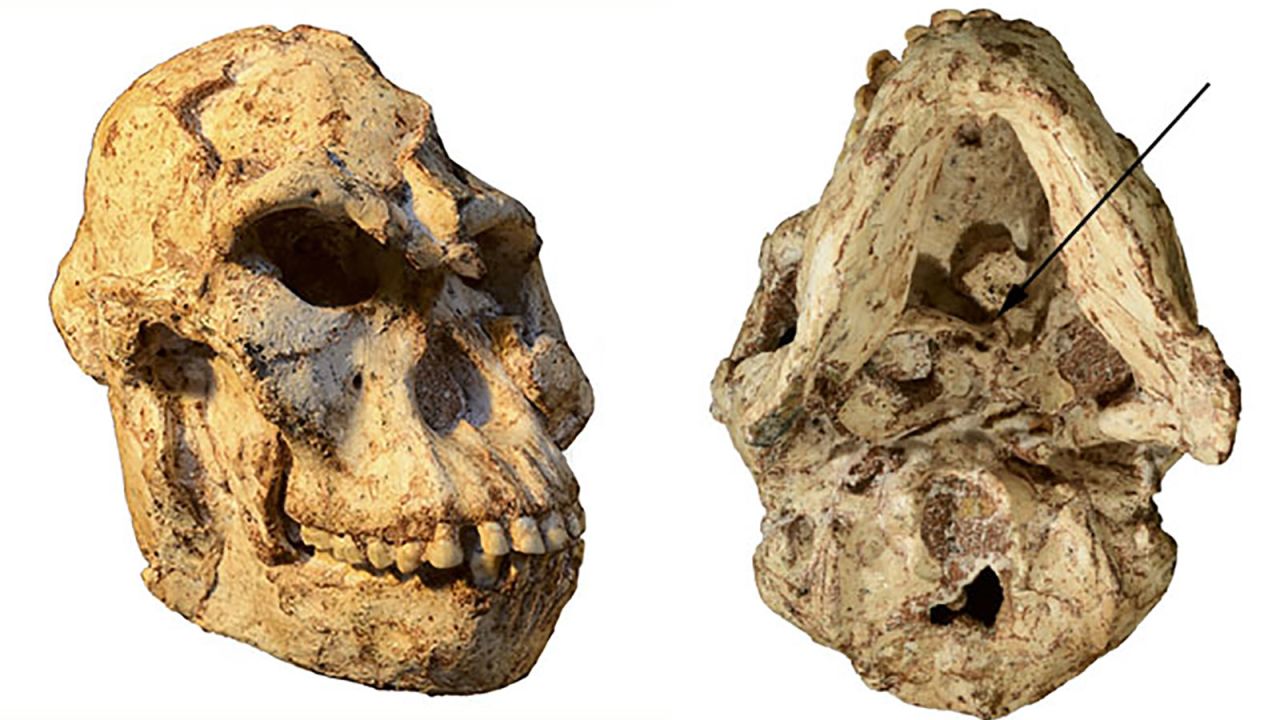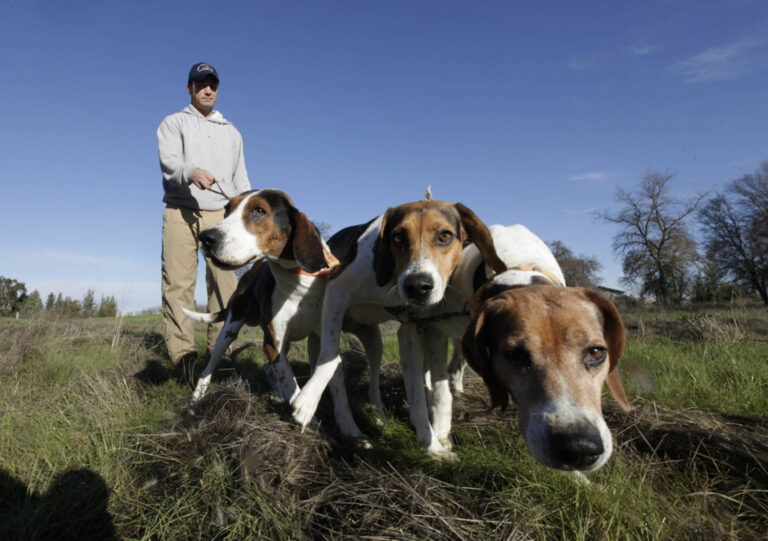A coyote’s skull is generally more narrow and elongated than a dog’s skull. Coyote skulls also have larger eye sockets and more prominent temporalis muscles.
Coyotes and dogs are two distinct species belonging to the Canidae family. However, the line between them often blurs as they share many physical features. One noticeable difference is their skull structure, which can provide valuable insights into their hunting and feeding habits.
Coyote skulls tend to be more elongated and narrow than dog skulls. Moreover, their eye sockets are larger, and their temporalis muscles are more prominent, allowing for a stronger bite force. This article delves deeper into the distinctions between coyote and dog skulls, their ecological significance, and the importance of skull morphology in understanding animal behavior.

Understanding Coyotes And Dogs
Coyotes and dogs may seem similar at first glance, but their physical traits differ in a few key ways. Coyote skulls tend to be longer and narrower than dog skulls, with larger eye sockets and more prominent temporal lines. Behavioral differences are also apparent, with coyotes being more elusive and solitary while dogs are generally more sociable.
Coyotes are also known for their hunting prowess, often preying on small mammals and birds, while dogs have been selectively bred for a variety of purposes such as herding and protecting livestock. Understanding these differences can help us appreciate and coexist with both of these fascinating animals.
Coyote Vs Dog Skull Showdown
A research study compared the skulls of coyotes and dogs, uncovering a fascinating coyote vs dog skull showdown. The findings showed that coyotes had larger skulls with a narrower snouts and a stronger bite force. Dogs, on the other hand, had wider snouts and a more varied jaw structure, making them better suited for hunting smaller prey.
The advantages and disadvantages of each animal’s skull structure were discussed, with the conclusion being that it is difficult to determine which skull is superior. Ultimately, each animal’s skull has evolved to suit its environment and hunting habits. The coyote vs dog skull debate highlights the complexity and adaptation of nature.
Coyote And Dog Interaction
Coyotes and dogs have a complicated relationship, marked by conflict and interaction. The structure of their skulls might play a role in determining the outcomes of these encounters. In real-life situations, it’s not uncommon for these animals to come face to face.
Coyotes tend to be solitary hunters, while dogs are often social animals, living in packs. Coyotes are typically more agile and can run faster than dogs, which can make it difficult for dogs to defend themselves. However, dogs have the advantage of being more powerful and can use their strength to their advantage.
While it’s important to keep pets under control to avoid injuries, understanding the dynamics of coyote and dog interaction can help keep everyone safe.
Protecting Your Pets
Protecting your pets from coyote attacks is essential for responsible pet owners. Coyotes are prevalent in many areas and are known to attack small or medium-sized dogs. Preventative measures can be taken to reduce the risk of your pets encountering a coyote.
Keep a leash on your dogs during walks, especially at dawn and dusk when coyotes are most active. Never let your pets roam unattended in areas where coyotes may be present. If you do encounter a coyote while walking your dog, do not run away.
Stand your ground and make loud noises like clapping or yelling to scare off the coyote. Remember, protecting your pets from coyotes requires constant vigilance and awareness.
Frequently Asked Questions Of Coyote Vs Dog Skull
What Is The Difference Between A Coyote And Dog Skull?
Coyotes have narrower skulls and longer snouts than dogs, allowing them to kill prey more effectively. The eye sockets of coyotes are also more oval-shaped, while those of dogs are more round. Additionally, coyotes have stronger jaw muscles and wider skulls than dogs, which gives them more bite force.
How Can You Tell A Coyote Skull From A Wolf Skull?
The skull of a coyote is smaller, with a narrower muzzle, and shorter teeth in comparison to a wolf. The skull of a wolf, on the other hand, is larger and has a broader muzzle, with teeth that are distinctly longer.
Can You Find Coyote Skulls In The Wild?
Yes, coyote skulls can be found in the wild. These can be discovered while hiking or camping, and they can provide valuable insights into the behaviors of these animals.
What Is The Skull Anatomy Of A Coyote?
A coyote’s skull consists of the cranium, mandible, maxilla, zygomatic arches, and teeth. The mandible, or lower jaw, is hinged to the cranium by the temporomandibular joint. The maxilla forms the upper part of the jaw and is composed of several bones.
The zygomatic arches form a bony arch that extends behind the eye sockets.
How Do Coyote Skulls Differ From Domestic Dogs?
Coyote skulls tend to be narrower with longer snouts, while domestic dog skulls are rounder with shorter snouts. Coyotes also have stronger jaw muscles and wider skulls than domestic dogs, which gives them more bite force. Additionally, the eye sockets of coyotes are more oval-shaped, while those of dogs are rounder.
Conclusion
The differences between a coyote and a dog skull may seem subtle at first, but upon closer examination, distinct variations in size, shape, and structure can be observed. While both have similar features, such as their narrow snouts and prominent eye sockets, the coyote skull is typically larger with a more elongated profile, whereas the dog skull is often shorter and wider.
Understanding these differences can be helpful for various reasons, whether it be for identification purposes, academic study, or personal interest. As with any subject matter, it is always important to approach it with curiosity, respect, and a desire for knowledge.
The world is full of fascinating creatures, each with its unique traits and characteristics, and exploring these differences can lead to a greater appreciation for the diversity of life on our planet.



